Is a Waiver to Fly Drones in Controlled Airspace Still Necessary?
Pilot Institute
JUNE 27, 2025
Know what special scenarios still require a waiver, such as flying BVLOS operations, flights above people, or flights that exceed the standard 400 feet AGL. What Is Controlled Airspace? Class C Altitude Range: Surface to 4,000 feet above airport elevation (charted in MSL). Found around busy regional airports.

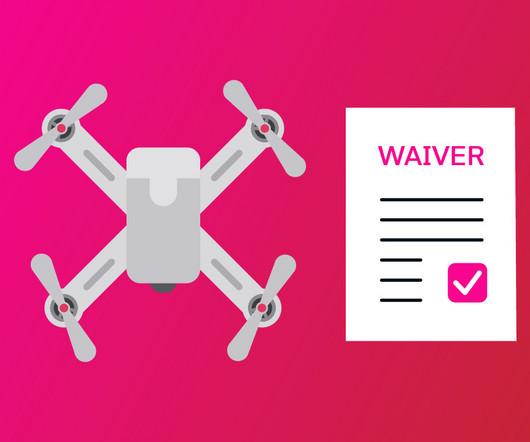
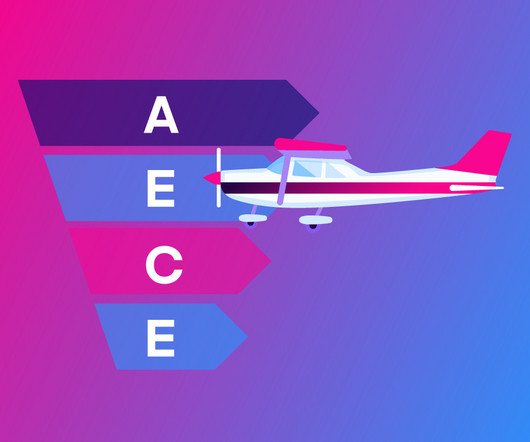
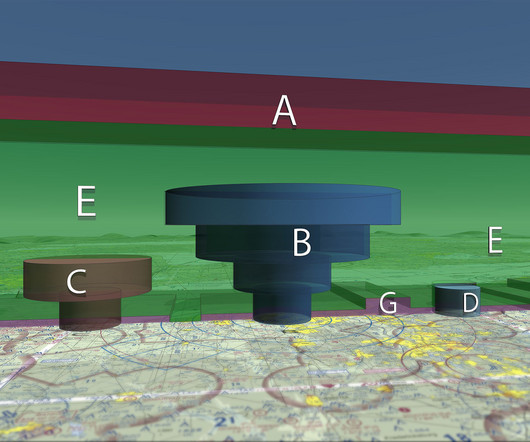

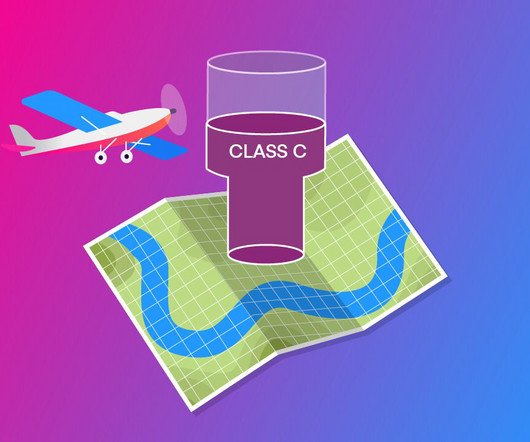
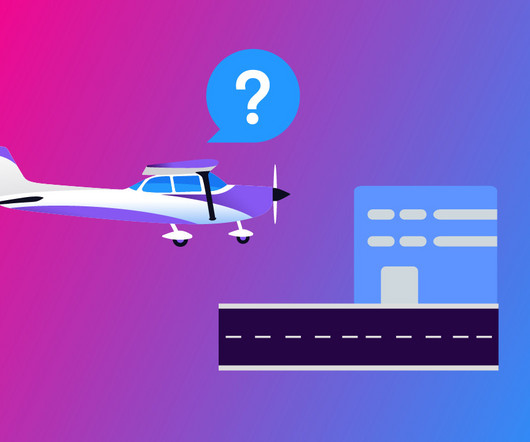
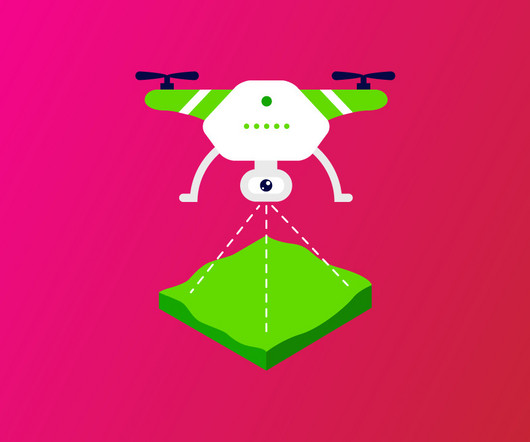






Let's personalize your content